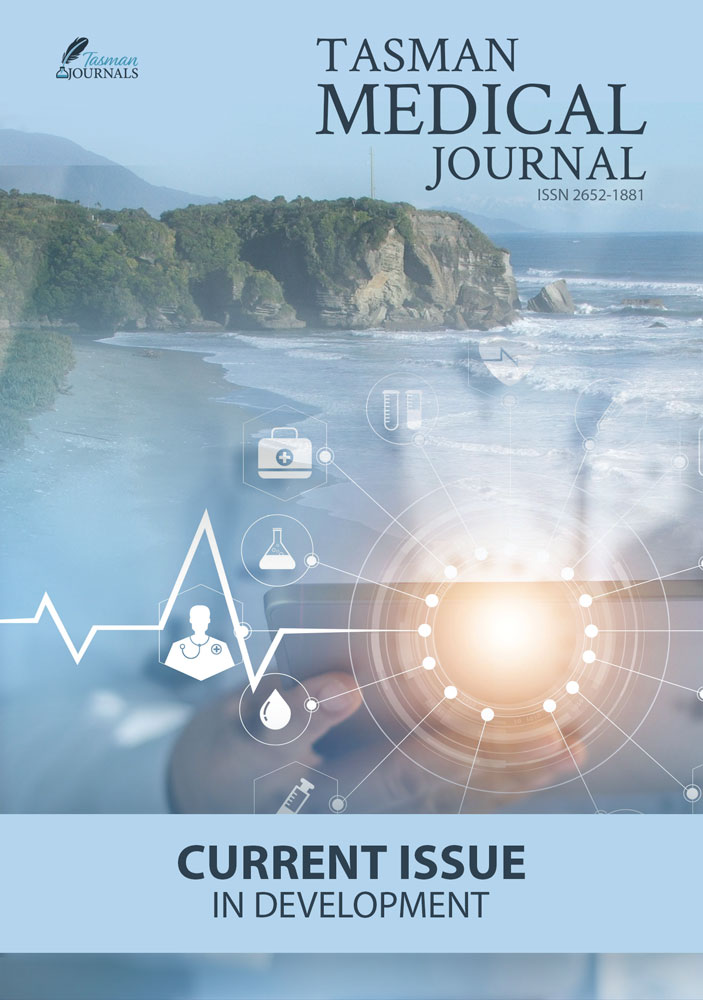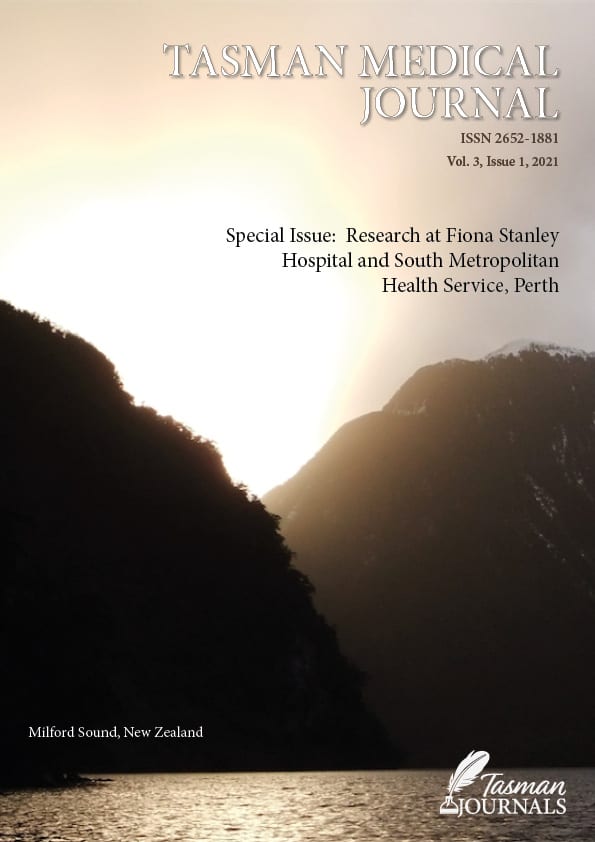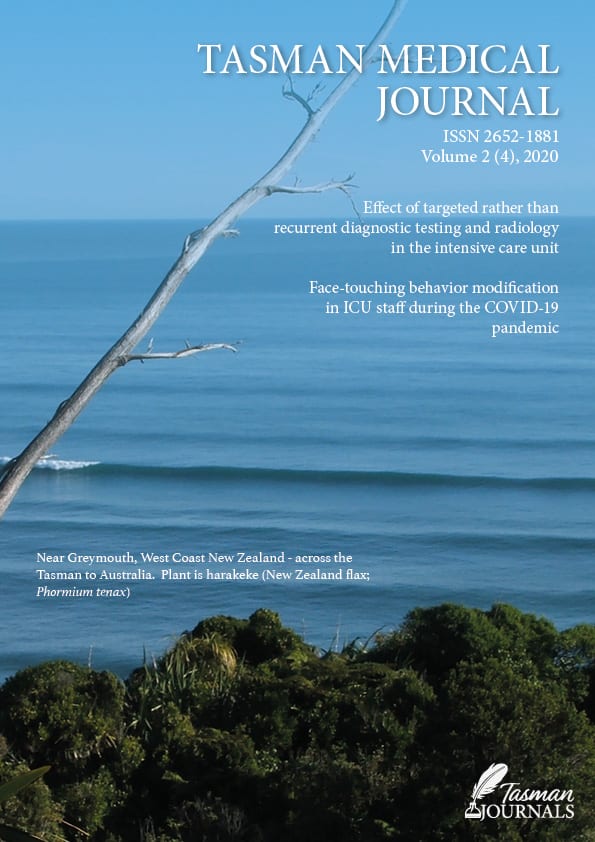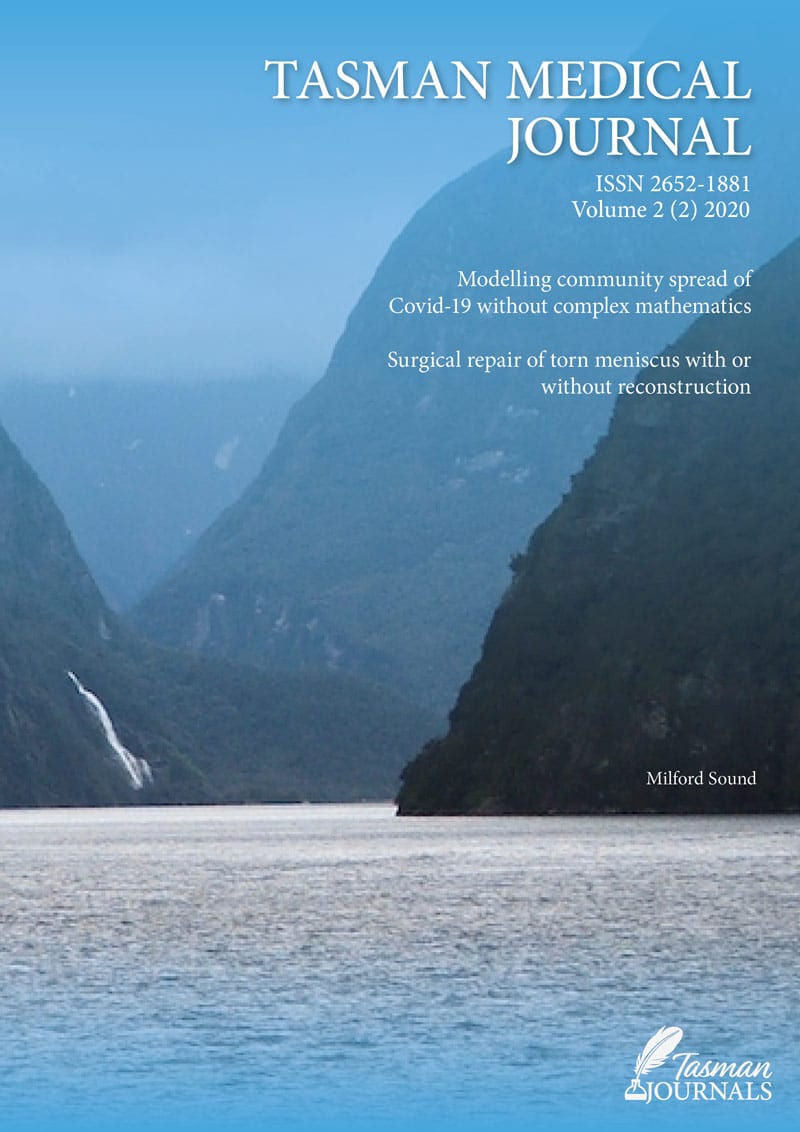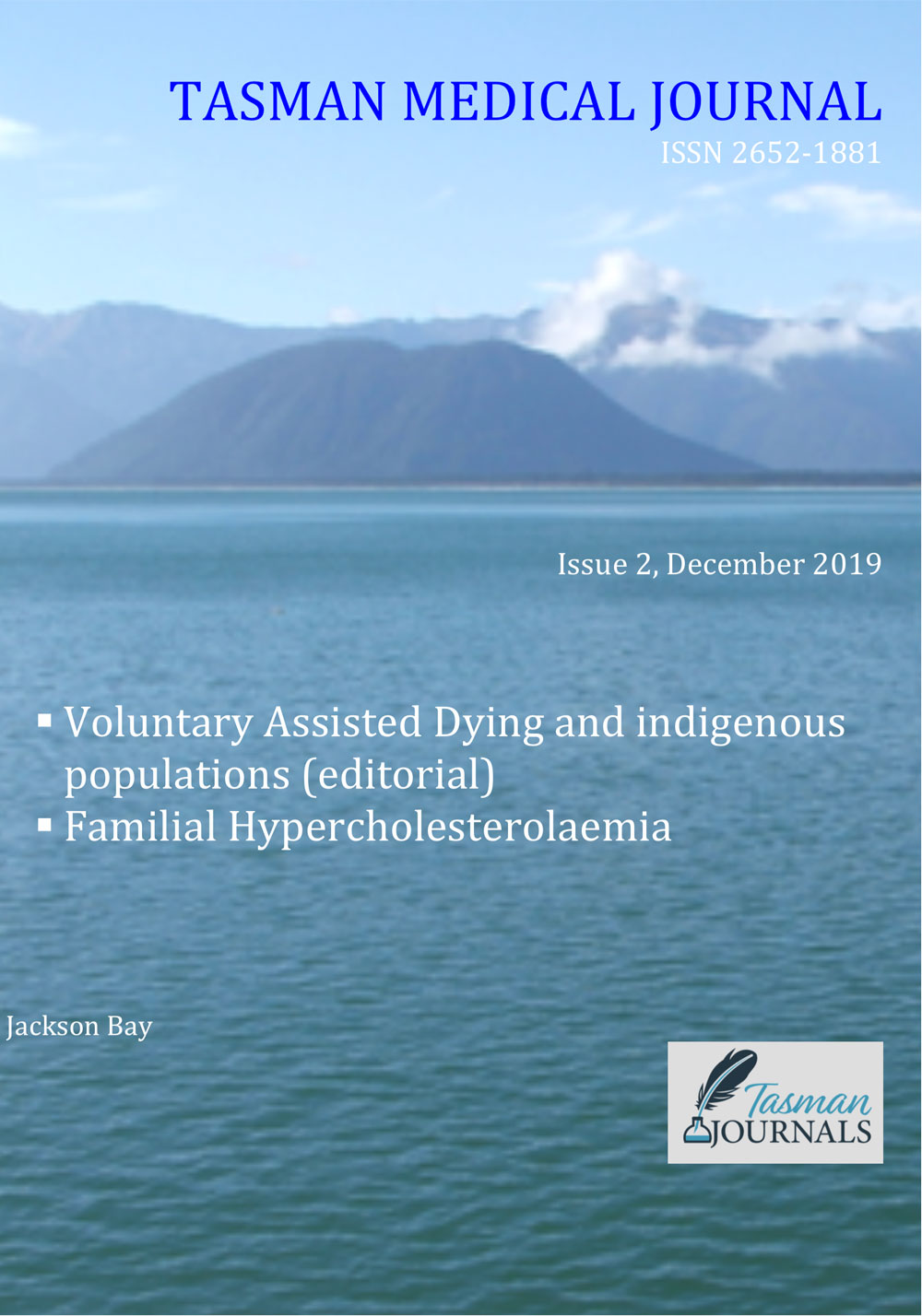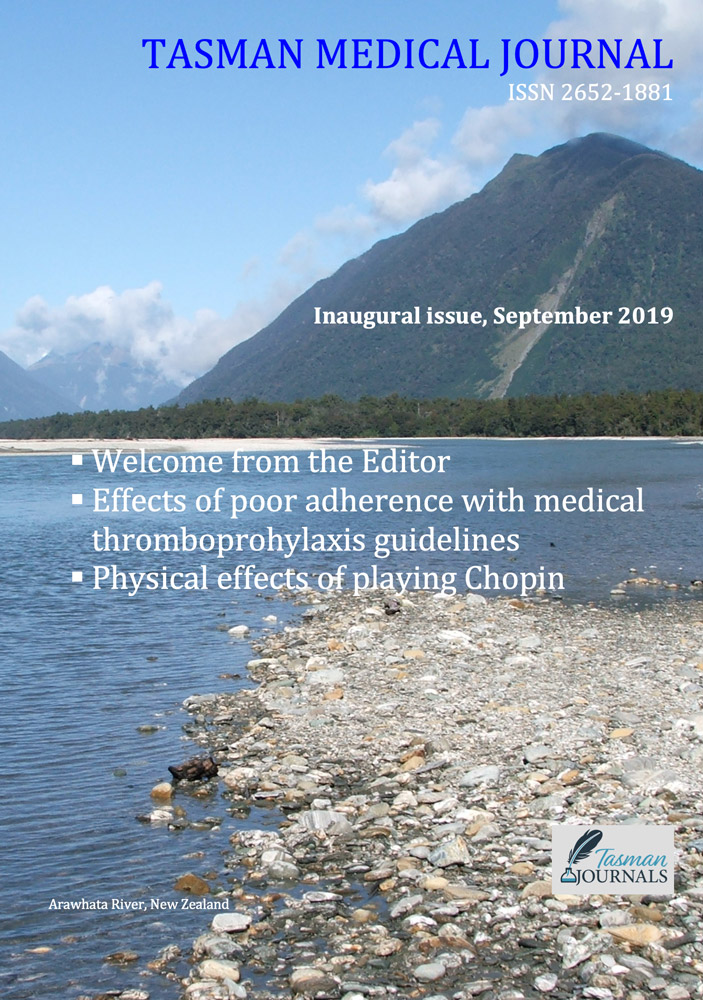Introduction Emergency hospital systems are expected to respond effectively to intentional or accidental mass casualty incidents (MCI). Such incidents are largely unpredictable, and increasing worldwide.1-3 Mitigation of the harms associated with these disasters often requires appropriate high-quality healthcare processes to be enacted rapidly, safely and without duplication or error.4 To prepare clinicians and health systems, effective training and rehearsal using the multi-systems involved in an actual response is necessary. Response frameworks (for example, Homeland Security Exercise and Evaluation Program,5 Disaster Management Indicator Model,6 Hospital Incident Command System7 and disaster preparedness courses such as the Major Incident Medical Management Support (MIMMS) courses offered by MIMMS Australia8 have been created to address this need. Simulation exercises also aim to model surge capacity response,9 and test application of frameworks, plans and learnings. Some systems such as the Emergo Train System® (ETS) are designed to enable testing, but reviews of the literature reveal surprisingly


